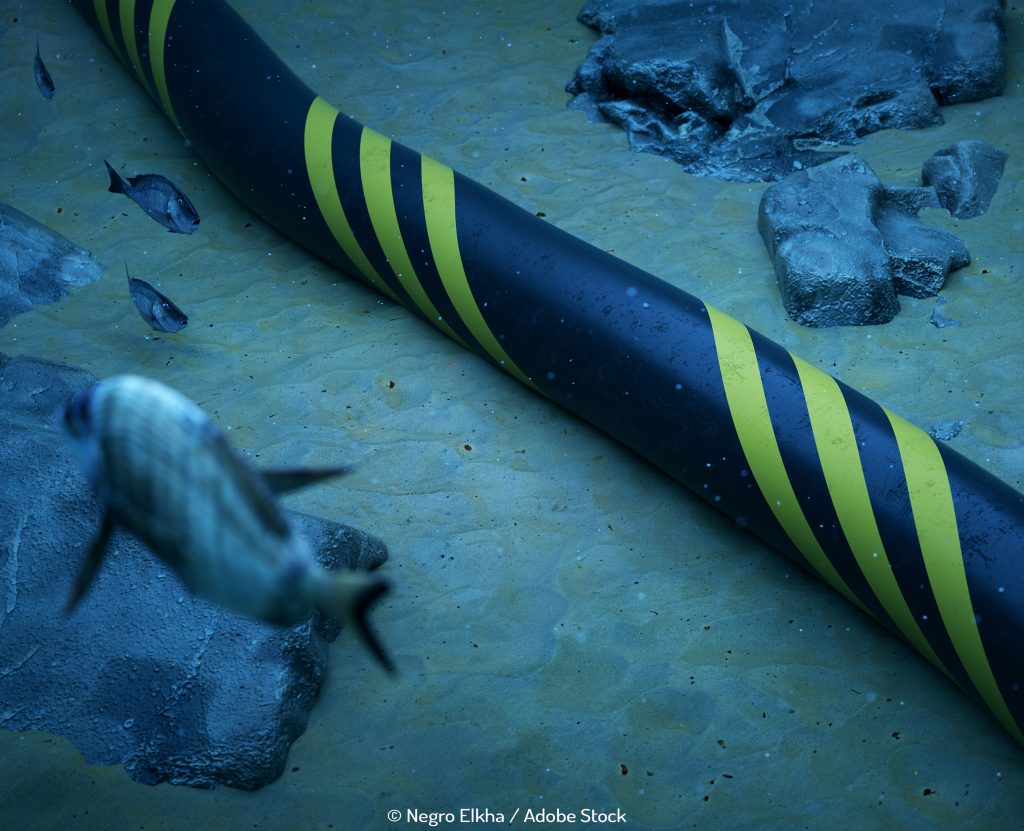‘’Oil companies should resurrect stalled projects’’
Morgan Stanley’s a bit of a doom monger isn’t it? For the last six months it’s been saying this oil crash is as bad as the one in 1986 when oil prices fell 45%. But in a surprise move, it announced it no longer thinks this. No. It now says things could get really bad.
“On current trajectory, this downturn could become worse than 1986,” Morgan Stanley’s Martijn Rats told clients recently. “We have been expecting the current downturn to be as severe as the one in 1986 – the worst for at least 45 years – but not worse than that.
“We anticipated that OPEC would not cut, but we didn’t foresee such a sharp increase. In our view, this is the main reason why the re-balancing of oil markets had not yet gained momentum.”
It’s not quite this straightforward. Prices back then had been dropping for five years before tanking and OPEC was pumping an additional 13m barrels of spare capacity. Today it’s estimated to be around 2m.
The knock on effect is that the so-called supermajors have shelved billions of dollars of investments as they wait for better conditions to emerge. Jobs have been cut and projects stalled. Future production plans face tougher criteria to meet before they’re signed off. The ‘break even’ $90/b has gone, as has $80/b. The energy consultancy Wood Mackenzie reports that there is around $200bn of capital spending put on hold on 46 major oil and gas projects. Of those, nearly 30% are in Canada. There are predictions this will hit around 185,000 oil-related jobs in the country.
Data from Thomson Reuters suggests there will be little recovery in the coming years. Bloomberg says the number of investors betting on a growth in oil prices has fallen to a two-year low – a stark contrast to the 25% increase in those betting on a further drop. Goldman Sachs Group Inc. has predicted Brent crude will trade at $55/b in five years, a discount of $20 to 2020 futures.
The consequences of not continuing to do business is that the vital investment pipeline which would be used to drive technological advances to meet future demand has been kinked. Is it time therefore to adjust to this new ‘normal’?
Some are doing just that. Royal Dutch Shell, ConocoPhillips and Suncor Energy Inc. appear to have taken the view that there won’t be a never-ending oversupply of oil, and it takes a considerable length of time to go from finding the oil to getting it out of the ground. Although most projects take a decade, take the Hebron project offshore Newfoundland. It was first discovered in 1981 but 32 years later it was approved for commercial development and even then it took a further four years before any oil was produced.
The three have decided to move forward on exploration efforts offshore Nova Scotia, winning backing from the Canadian environmental ministry. While there are no hard facts about what lies beneath the Shelburne Basin the trio are confident that there will be enough oil to support the decision.
Even at $50/b projects can still go ahead, with some work on cost management. Robin Mills at Manaar Energy says it’s crucial companies think strategically and retain highly skilled staff, improve technology and consider moving into lower-cost fields – as seen with Shell’s buyout of BG and excitement about Iran.
While prices remain low, the industry needs to grid its loins, grit its teeth and find a way to secure its future. Not investing now, an easy and comforting choice, could turn out to be a big mistake.


